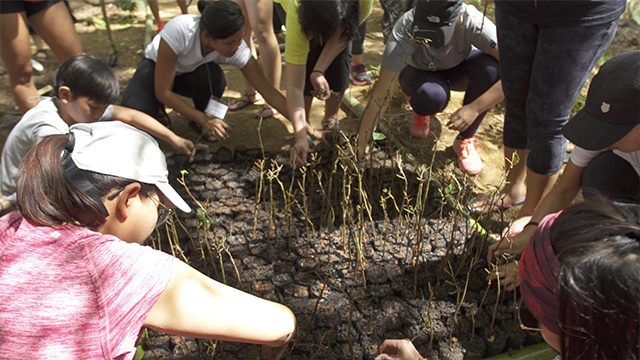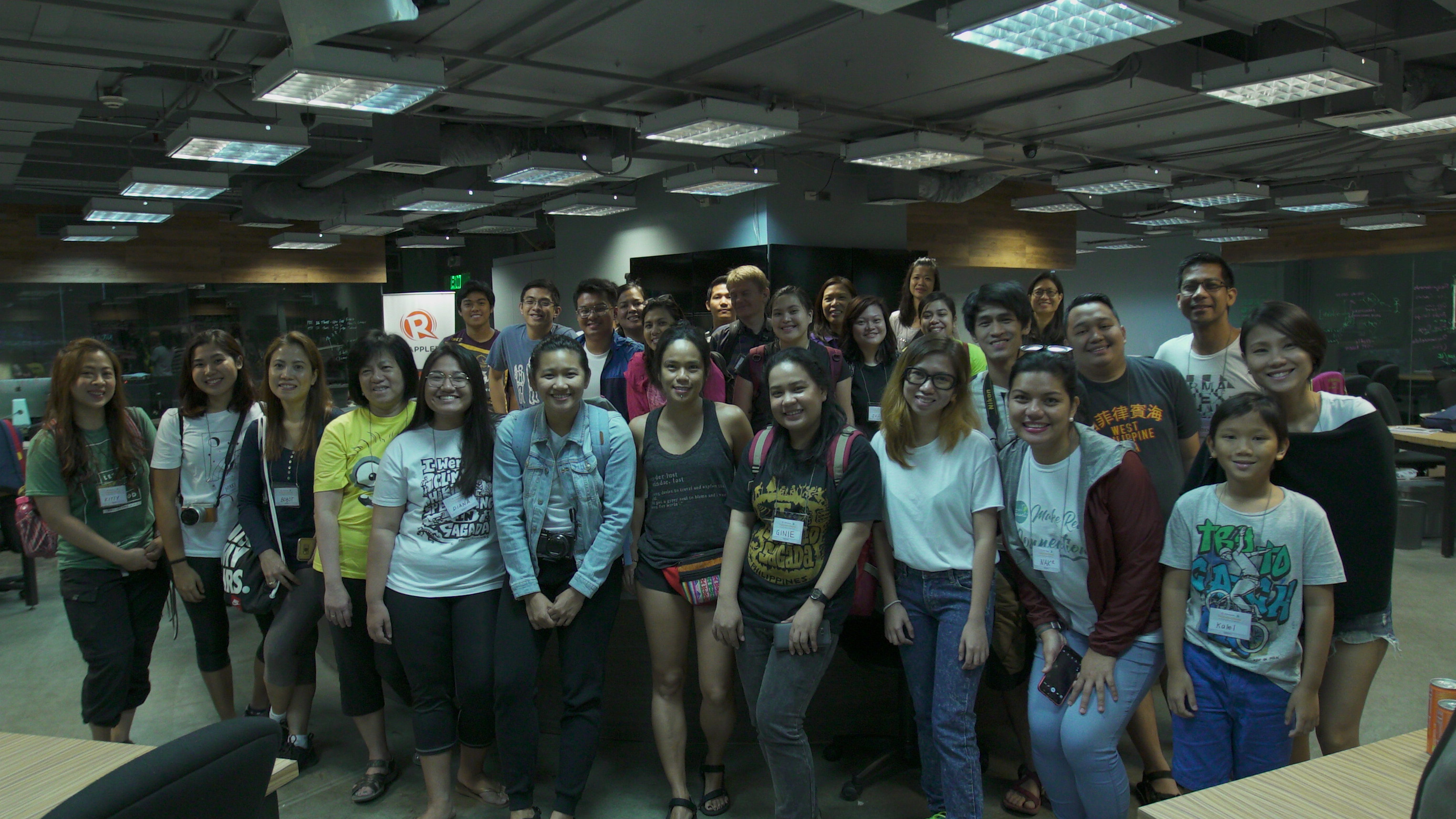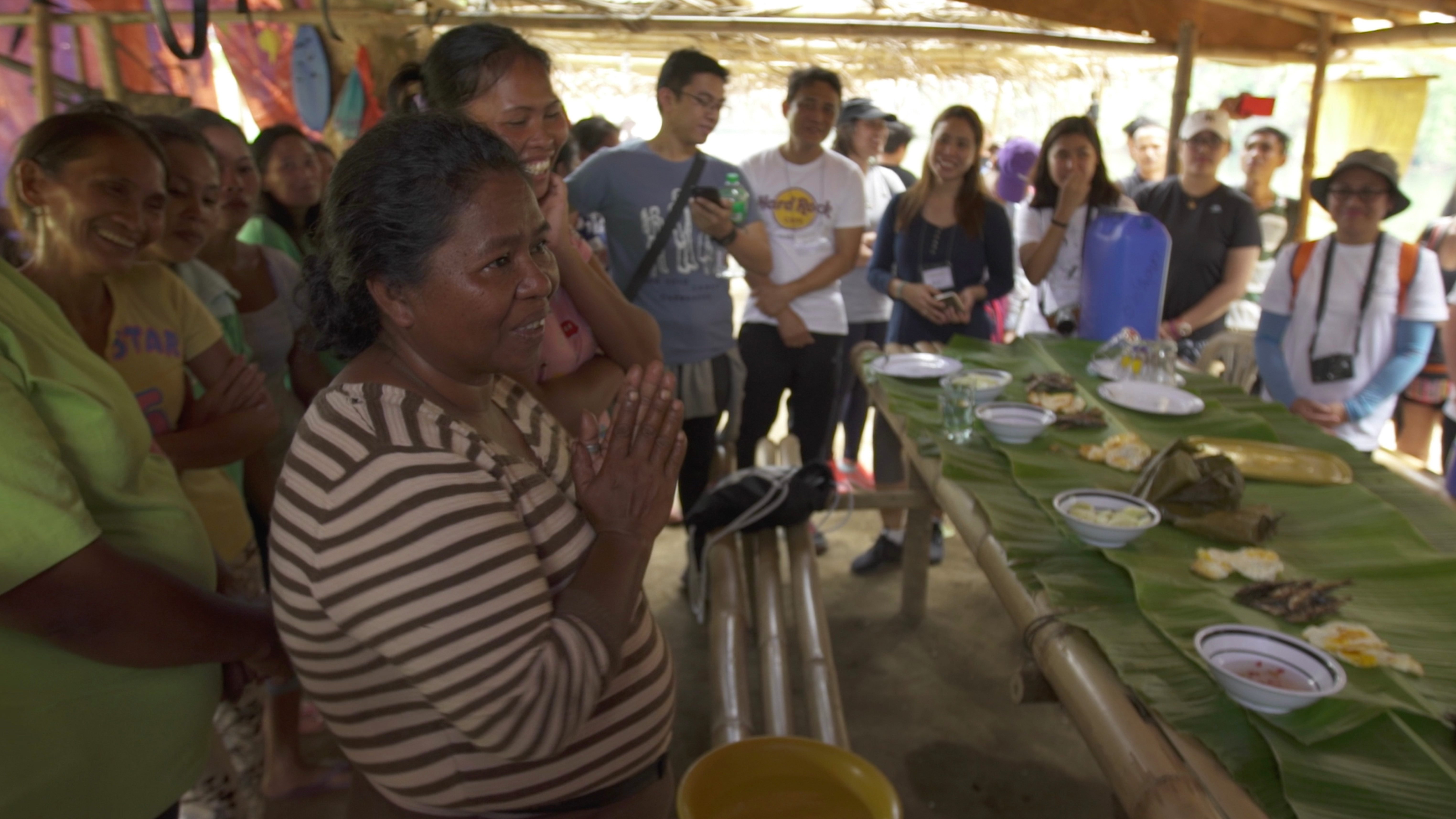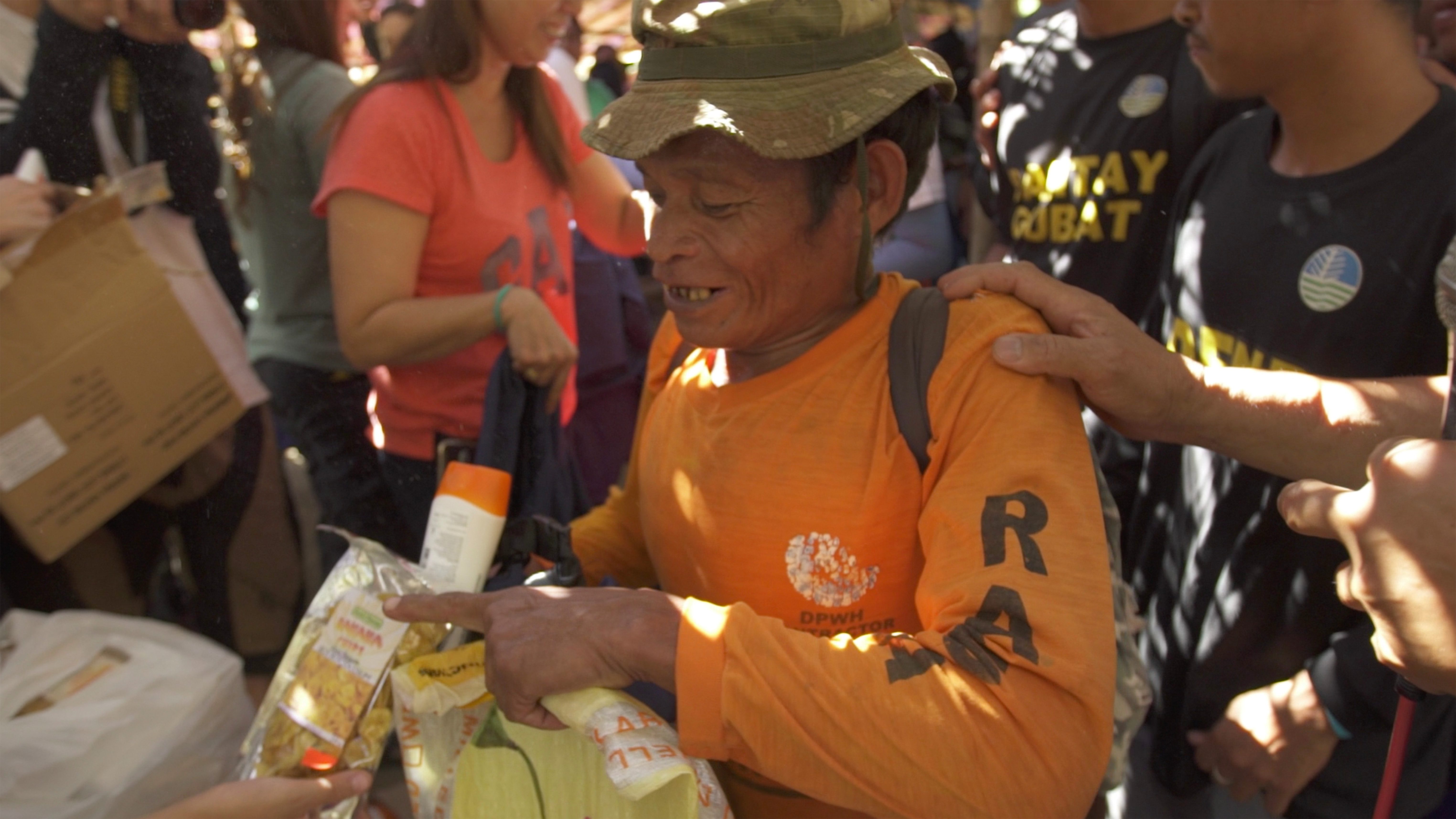SUMMARY
This is AI generated summarization, which may have errors. For context, always refer to the full article.

MANILA, Philippines — 2 hours away from Metro Manila lies a lush land many urbanites may not have even heard of. With 6,600 hectares rainforest, this area of mountainous green cradles a dam part of the more extensive Angat Water System, the Ipo Watershed.
According to the World Wildlife Fund (WWF), the watershed provides 98% of Metro Manila’s water supply, servicing over 12 million people. Unfortunately, it is far from the virginal Eden its locals dream for it to be. The Department of Environment and Natural Resources (DENR) reports that 70% of this land has been denuded through activities like illegal logging, kaingin (slash-and-burn farming), and charcoal production.
It’s a place that embodies both the positive and negative attributes of the words “forgotten paradise.”
On Saturday, April 28, close to 40 individuals from various backgrounds sought to lend a helping hand to the dam and its locale as they went on a trip for a cause with #WhatsNext: Travel with a Purpose.
Traveling with a purpose
#WhatsNext, Rappler’s program geared to bridge people to their passions, returned this year to bring a different kind of adventure in celebration of Earth Month. By partnering with Meaningful Travels PH, the experience sought to expose more people to social tourism through a combination of travel and community immersion.

Tourists joining these kinds of initiatives often help by sharing in the workload of the locals, donating, and fundraising. Communities earn because social tourism organizations often allot part of their tour fees for them.
For this #WhatsNext experience, the goal was to let tourists immerse in the lives of the Ipo Watershed’s native residents, The Sapang Munti community — a commune of around 100 families, a majority of which are part of the Dumagat ethnic group — and appreciate the efforts they do in protecting the water many take for granted.
A history which demands respect
The #WhatsNext group arrived at Norzagaray, Bulacan at around 7 in the morning. Upon entering the watershed ground, WWF Project Manager Paolo Pagaduan briefed the participants on the illustrious past of the Ipo and what’s expected of the travelers given the place and its people’s history.
The dam was once the last defense for Japanese soldiers fleeing Manila after the city’s liberation in 1945. The Japanese seized control of the area with plans to cripple Manila’s water supply, but two weeks into battle, they retreated after suffering tremendous losses.
Part of the Filipino cavalry that pushed back the Japanese troops then were the native Dumagat. Many of the people’s descendants have now become part of the bantay-gubat, rangers who patrol the forest perimeter on the lookout for illegal loggers and others who seek to damage the Ipo and its resources.

Ironically, the Dumagat themselves have little access to potable water. Their own limited source coming from high up in the mountains, delivered only via a system of water hoses.
The bantay-gubat rangers have also long been victim to a history of delayed and unpaid wages. There was a time they went close to two years without getting paid.
These hardships are vital to understanding the respect that should be afforded to these people of the land. “Thank you for helping them help you,” Pagaduan says near the end his briefing to drive the point.
Stepping into their shoes
After a short trip downstream via river canoes, #WhatsNext participants were led by the bantay-gubat to help out in a stem potting activity. These stems are being cultivated into new trees, and are to be moved into higher regions of the mountain when wet season comes.
After the potting interlude, participants were then treated to a home-cooked breakfast of tuyo (dried fish), eggs, and balisuso (steamed rice in banana leaves) specially prepared by the Sapang Munti community. Leading the welcome party was the head of the freshly-formed Sapang Munti women’s group, Mercedita “Ime” Cruz.
Cruz shares that there’s a sense of satisfaction that comes from accommodating guests from far away. “Nakaka-proud [It makes us proud],” in her own words.

After breakfast, the tourists were divided into four groups. Each was brought to experience an activity representative of the Sapang Munti way of life. The activities included stream fishing via the traditional methods of katsa (muslin cloth) and kulambo (net), gathering edible snails, crafting barbecue sticks, and preparing the local snack, nilupak (mashed banana pudding).
For the locals, when it comes to food preparation, they are very capable of foraging off the land. It is rice that they need to shell out cash for. This can be a daunting task when their only sources of income are the barbecue sticks they sell all the way in Cubao and the irregular salaries of the bantay-gubat.
After another round of home-cooked meals for lunch — this time including the snails harvested, tinolang manok (ginger chicken soup), banana blossom burgers, rice coffee, and nilupak — a thanksgiving program was held in honor of the bantay-gubat.
During the celebration, a speech choir composed of Sapang Munti children performed, both the bantay-gubat and visitors engaged in a videoke battle, and donations of dry bags with amenities such as solar flashlights, sun hats, and water canteens were distributed.

Manuel Cruz, head of the bantay-gubat, expressed his gratitude through a letter he and the other bantay-gubat rangers composed.
In a personal interview, he added that while the items they received are of huge help and the outside exposure of their community does bring attention to their causes, what hits him hard is the initiative of participants to reach out to them. “Kahit walang ibigay, yung makarating lang kayo dito, alam naming malaking sakripisyo na yun [Even without the donations, coming here is something we already consider a huge sacrifice].”
So what’s next?
As the day wound down, the #WhatsNext participants gathered around to share realizations on their whole-day experience. Many conveyed how the trip to the Ipo Watershed will change from here on out how they’ll see every glass of water.
The trip to them was an experience that was nuanced enough to show the appeal of the watershed’s scenic beauty and simplicity but at the same expose them to the gravity of the problems underlying the picturesque veneer.
As they reflected on thoughts of conservation, in a seemingly prescient move, many brought up the question they’ll keep asking themselves in the days to follow: What’s Next? — Rappler.com

Locally Blended Juice Drinks are unique drinks that come from indigenous fruits sourced from the rich and colorful Filipino soil (We had 7,107 islands to choose from). All are seriously good, but not seriously named. 100% made Locally, 100% made responsibly.
Add a comment
How does this make you feel?
There are no comments yet. Add your comment to start the conversation.